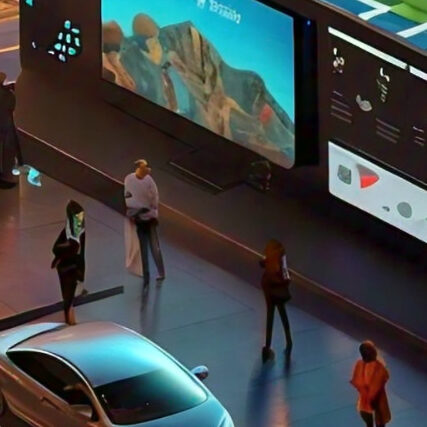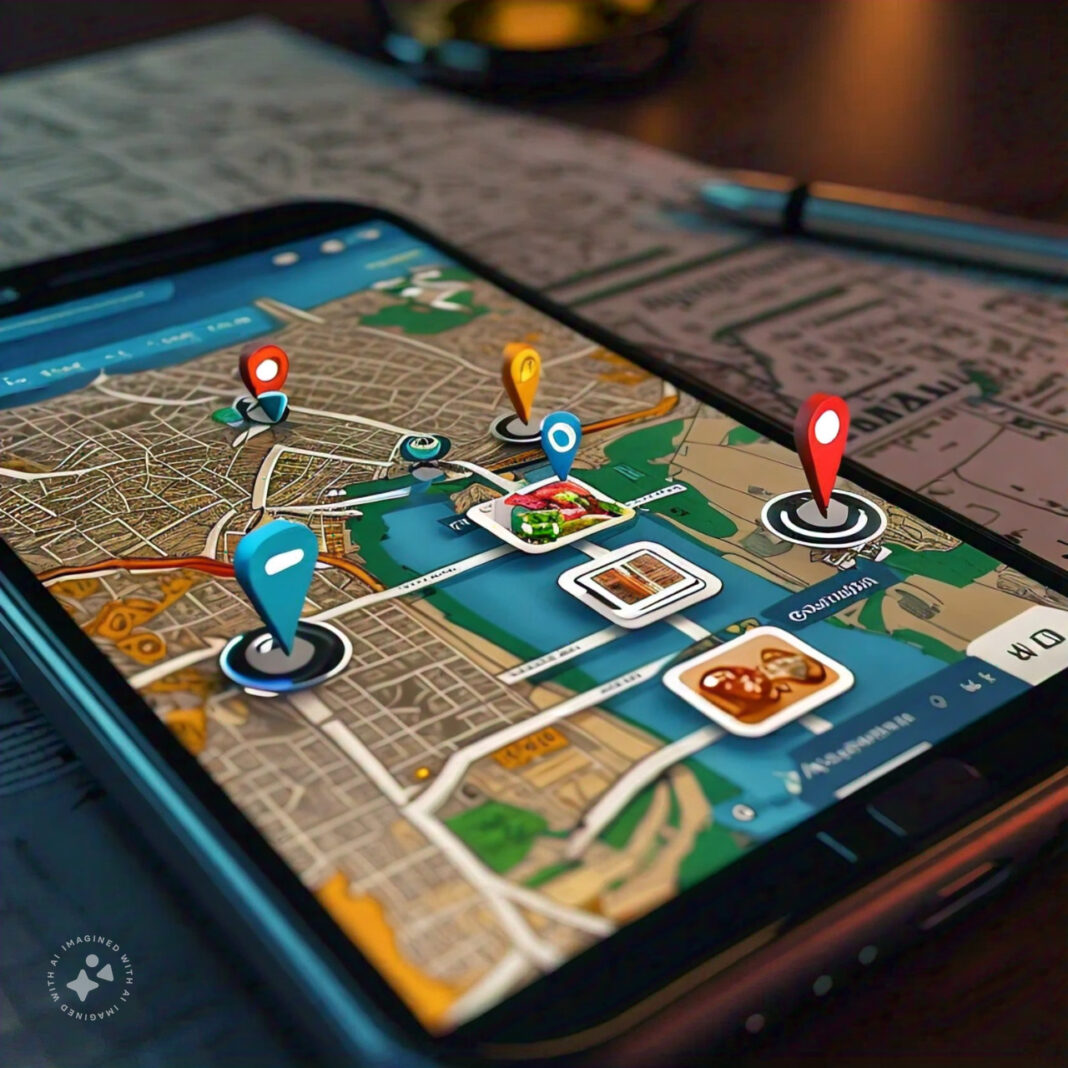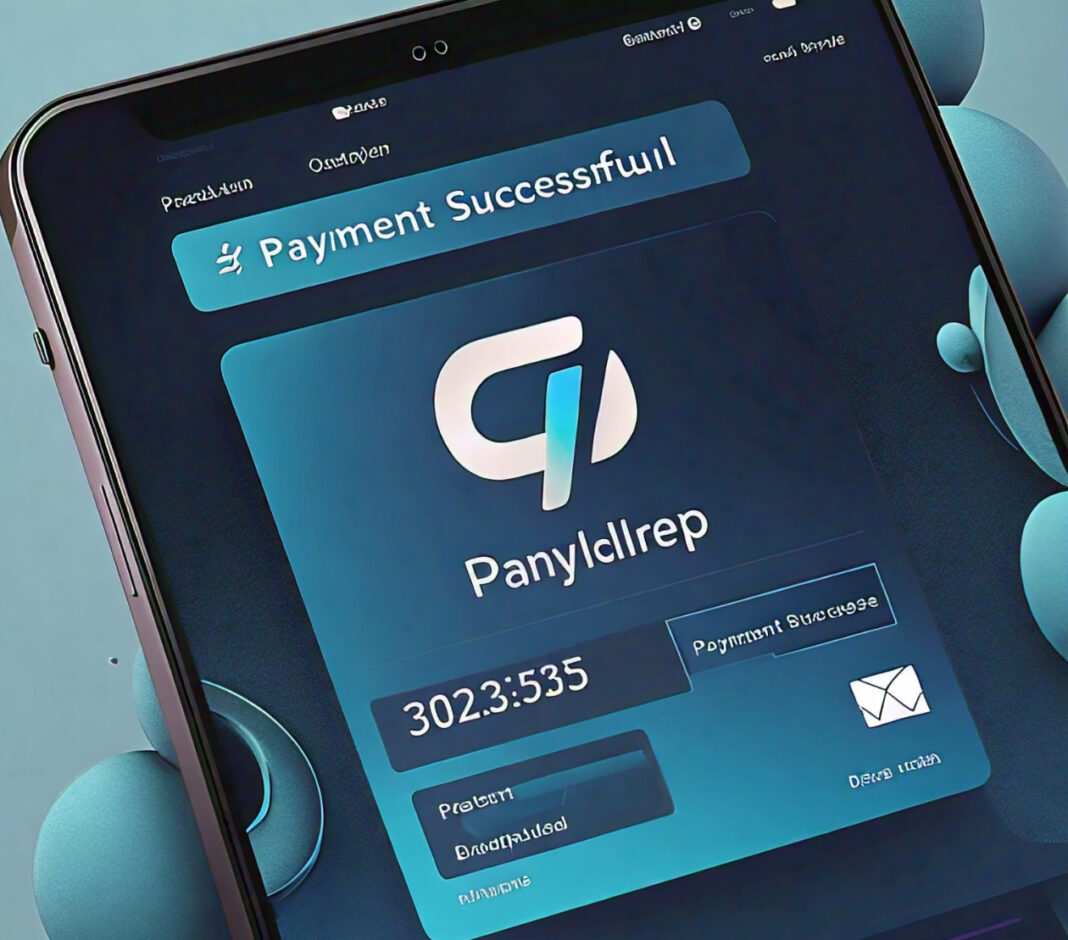Geolocation in simple terms is the ability to detect the real-world geographic location of something such as a mobile phone or a computer. Geolocation has been one of the most pervasive technologies in modern applications, enabling everything from navigation services to social media check-ins. In understanding the various types of applications that rely upon geolocation, the breadth and revolutionary nature of this technology will become apparent.
Navigation and Maps
Perhaps the most obvious and widely used application of geolocation technology is in navigation and mapping apps.

Google Maps
The archetypal geolocation app, Google Maps provides:
- Turn-by-turn navigation for drivers, walkers, and bicyclists
- Real-time traffic updates and route optimization
- Information about local businesses and their reviews
- Schedules and routes of public transportation
Waze
A subsidiary of Google, but operating independently, Waze focuses on:
- Community-driven live traffic and road information
- Suggestions to avoid jams
- Police, accident, and road hazard warnings
Apple Maps
Apple’s default mapping application in iOS devices includes:
- Indoor maps showing several airports and shopping centers
- Integration with Siri for voice navigation
- Flyover for 3D views of cities
Navigation apps have become one of the most crucial utilities for our modern living-needless to say, whether it be navigating us through uncharted lands or just making our daily commute a little quick.
Carpooling / Transportation
Geolocation technology has now become synonymous with the transportation industry and created enormous hype for the popular ride-sharing services.
Uber
The biggest of all ridesharing applications is Uber. In the following ways it has integrated geolocation functionality:
- Nearby drivers connected to passengers
- Live ride
- Geographic data to estimate the rates and time of arrival.
Lyft
Another famous ridesharing application is a major competition to Uber. Its major functions are noted here:
- Shared rides
- Driver and passenger location matching
- In some cities, shared along with public transport data.
Citymapper
This app combines public transportation information with geolocation. The following are some of the things that this application can offer, all in one module:
- Multimodal route planning – walking, cycling, public transit, ride-sharing
- Real-time departure information for buses and trains
- Offline maps for when you’re in an area without reception
Such apps have changed how urban transportation flows. It has made it easier and more efficient to get around cities without needing to own a car.
Social Media and Check-ins
Social Media has truly assimilated geolocation to provide a more effective and meaningful user experience in terms of collaboration.
The world’s biggest social network uses location information in the following ways:
Location-based Check-ins: Check into businesses and landmarks.
Tag your location in your posts and photos.
Nearby Friends to see which of your contacts are nearby.
This photo-sharing app now contains geolocation through:
Posts and store location tags
Explore the feature to see what kinds of content are available nearby.
Targeted ads according to user locations.
Snapchat
Snapchat’s fun filters and features often use location-based:
Location-restricted Geofilters
Snap Map
Location-based story and content discovery
Geolocation in these social media apps essentially translates into building a more immersive experience for end-users and bridging the gap between the digital and physical worlds.
Dating Apps
It is how features like location-based filtering of profiles in dating apps came to prominence.
Tinder
Location is utilized to perform the following on this popular dating app:
- Matches within a radius can be shown.
- Users also have the option of changing their location for travel purposes.
- Location-based “Super Likes” in some regions.
Bumble
Giving the ladies the first move, Bumble implements the use of location by:
- Matching by proximity
- Enabling an option for travel mode so that users can connect with other people in different cities.
- Showing distance for potential matches.
Grindr
For the LGBTQ+ community, Grindr has relied on geolocation in the following ways:
- It shows a grid of users nearby, sorted by distance
- It allows users to share locations with matches
- It offers location-based filters for more specific searches
These dating apps have revolutionized how people meet and connect, making it far easier to find people who could be your potential partners in your immediate vicinity.
Food Delivery and Restaurant Discovery
Now, with geolocation, it has become totally a different affair of how we find and order food.
Uber Eats
Some of the uses of location data in food delivery include:
- It shows you the restaurants around where you are that can deliver meals to your current location.
- Consumers track deliveries in real-time.
- Exact duration estimates for when a meal is certain to arrive.
Yelp
Another favorite app among customers is the review app. It makes use of geolocation technology for the following:
- Helping to find nearby restaurants, bars, and businesses
- Directions to locations chosen
- Check-in to places
This restaurant reservation application incorporates location services in the following ways:
- It shows the nearest available restaurants in the area.
- It provides directions to the restaurants that customers have already booked.
- It gives recommendations based on locations.
These applications have made finding new restaurants and ordering food to be delivered to your doorstep easier than ever.
Tracking Fitness and Health
Geolocation plays a significant role in most fitness and health applications, enabling users to monitor their activities and performance improvement.
Strava
This popular health and fitness app uses geolocation for:
- Map out running and cycling routes
- Provide segment leaderboards for specific geographical regions
- Provide real-time performance data during activities
Nike Run Club
Nike’s popular running app uses location for:
- Track the distance and route of runs
- Audio-guided runs in specific locations
- Challenges based on local landmarks
AllTrails
Designed for hiking enthusiasts, AllTrails uses geolocation for:
- Find nearby hiking trails and provide directions
- Track hikes and map routes
- Offline maps where cellular connection doesn’t exist
These fitness apps have revolutionized the way people approach and follow their training, with offerings in motivation, tracking, and community features—all of which are possible due to geolocation technology.
Weather Apps
Weather-based location apps are going to be one of the things many people check in their everyday routine.
The Weather Channel
This all-in-one weather app uses location data to provide:
- Hyperlocation of weather forecasting
- Severe weather alerts for your area
- Allergy forecasts, which include pollen and air quality
Dark Sky
Considered the most accurate, Dark Sky, acquired by Apple, offers the following information:
- A down-to-the-minute weather forecast showing when precipitation will happen
- Stunning weather visualizations based on the area
- Time machine feature to check historical weather data for any location
AccuWeather
AccuWeather is meant to pick up locations with GPS geolocation for the following:
- MinuteCast, provides minute-by-minute precipitation forecasts
- Lifestyle indices, for example running and fishing, based on local conditions
- Weather alerts on the severe weather in your region.
These have become absolute essentials when it comes to the planning of outdoor activities and any adverse weather.
Travel and Exploration
Geolocation services have taken the experience of traveling and exploring places to a new dimension.
Airbnb
The popular accommodation booking application employs geolocation to:
- View all accommodation options on the map
- Gives directions to the destination from the booking
- Shows the recommended local experiences, events, and attractions on Map
TripAdvisor
This travel review and booking app includes geolocation-based features like:
- Discover nearby attractions, restaurants, and hotels
- Get “Near Me Now” recommendations in an instant
- Access city guides with location-aware information
Some more
Everything about this outdoor treasure-hunting game is through geolocation:
- Using GPS coordinates, find a hiding cache
- Log your discovery and share it with the geocaching community
- Create and hide your caches for other people to find
These apps have allowed travel to be much more user-friendly, and have enabled users to find those hidden gems and travel in unfamiliar territories with ease.
Shopping and Retail
Geolocation has also found its use in the retail sector, in both online and offline shopping.
Amazon
E-commerce giant Amazon uses location data to:
- Give proper delivery time prediction
- Provide location-based offers and Prime Now services
- Locate the nearest Amazon Lockers where your package can be picked up.
The Target app is enabled with geolocation capabilities such as the following:
- Locate stores nearby and availability within those stores
- In-store navigation to find products
- Pickup or drive-up service for the order based on your location
### Shopkick
This is a rewards app that uses location technology to reward users: - For just entering partner stores
- Offers deals and offers depending on your location
- Users are guided through stores to particular items as part of a scavenger hunt to earn bonus points
This provides app users with a smooth, customized shopping experience in the transition between online and offline modes.
Augmented Reality Games
Mobile games that mix the user’s current geological context with their digital information overlay are evolving into a brand-new genre.
Pokémon GO
This is a game of huge popularity that uses geolocation features.
Actions the game will take:
- Scatter Pokémon around you in real locations
- Set Pokéstops/Gyms in local buildings’ landmarks
- Do geolocated events and raids
Ingress
The original AR game from Niantic, though, seeks to turn location data into:
- Building a real-world game board at real-world locations
- Getting people to visit and interact with local landmarks
- To host the most site-specific events and anomalies
Harry Potter: Wizards Unite
Developed to extend beyond the original boundaries, the magical AR game relies on geolocation features in providing the following:
- Magical traces, including foundable objects and ingredients, are to be found in the real world.
- Fortresses are to be used for multiplayer battles in local points of interest.
- The occurrence of imitation-based community days.
These games have not only provided entertainment but have also encouraged physical activity and exploration of local areas.
Safety and Emergency Services
Geolocation technology has great importance in safety and emergency apps.
Life360
This is a family locator app, which uses geolocation to:
- Share real-time locations between family members
- To give location history and route details
- Has many more features for crash detection and emergency response
what3words
This unique addressing system uses geolocation to:
Sqwaire cuts the world into 3m x 3m squares and gives each a unique 3-word address. Because it gives such precise location sharing, it’s incorporated into many countries’ emergency services.
Red Cross Emergency
The official American Red Cross app is rife with location service usage, from local emergency alerts and warnings to how to use it during a disaster to show you where nearby shelters are along with first aid information relevant to your area.
These apps are sound examples of how geolocation technology may benefit personal and community safety.
Conclusion
As we have seen, through this overview, geolocation developers have in the recent past been infusing features into a variety of different types of mobile applications. The geolocation technology is allowing us to contact our friends and local businesses; manage everyday routes better; to make the experience of these activities more convenient, really revolutionizing the way we perceive interacting with the world.
The apps discussed here are but a fraction of the innovative uses geolocation is put to in such mobile devices. With the increased power of smartphones and more precise global positioning, we are likely only to see more innovative uses of this technology.
However, along with the advantages, issues about the privacy and security of information come. Users should be informed how their location information is being collected and with which third parties it is shared. Developers need to make sure they prioritize the user’s privacy and give clear opt-in/opt-out options for location tracking.
The challenge will be to enable geolocation features that are incredibly useful while preserving personal privacy and the protection of data. With responsible development and informed usage, geolocation-enabled apps continue brightening our everyday lives: our world becomes connected, efficient, and accessible like never before.






